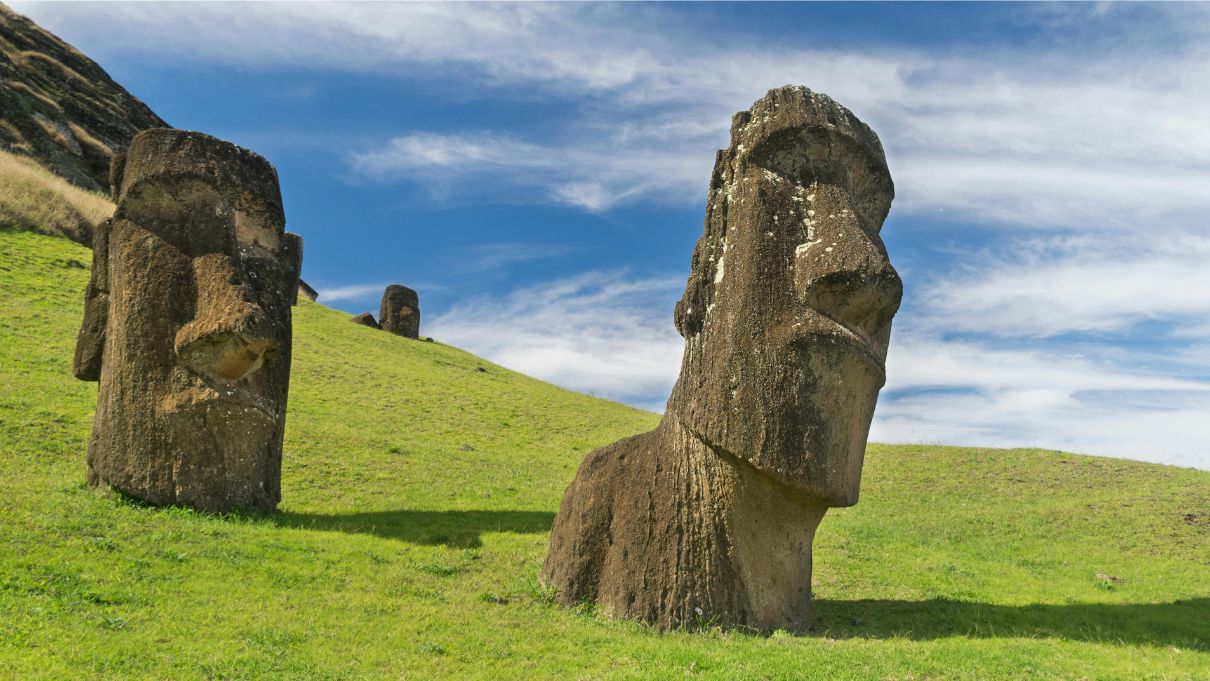Science
This Daily Drink Changes Your Heart and Gut, Scientists Say
16 December 2025

A 500-year-old puzzle has finally found its solution. The mystery of the Moai statues is no longer a myth—new research reveals exactly how the Rapa Nui people moved the 60-ton megaliths without modern technology. Ultimately, the solution proved to be brilliantly simple.
The enigmatic Moai statues of Easter Island have posed a puzzle for years. Although they are approximately 500 years old, surprisingly little is known about them. They measure 10 meters and weigh up to 60 tons. Despite these enormous dimensions, the Rapa Nui inhabitants managed to transport them up to 17 km hundreds of years ago. How did they achieve this feat without modern technological tools?
Now, a team of researchers from Binghamton University and the University of Arizona has finally solved this long-standing Moai mystery.
Experts analyzed nearly 1,000 statues; nevertheless, they paid particular attention to 62 massive megaliths standing along the ancient roads—these were the key to solving the riddle. The research indicated critical changes in the structure of the Moai. What were they?
The statues featured a wide, semi-circular base resembling the letter D and a slight forward lean—a clear indication that the Rapa Nui people rocked them from side to side and moved them in a rhythmic, walking motion. Because of this method, they could transport the giants over long distances without using modern tools. However, that did not satisfy the researchers’ curiosity; consequently, they went a step further and conducted their own experiment to confirm their theory in practice.
To test the validity of their theory, the American university scientists meticulously repeated what the Rapa Nui inhabitants did hundreds of years ago. The researchers created their own replicas, allowing them to test the method practically.
Using 3D modeling, they developed almost identical Moai statues, each weighing 4.35 tons. For the physical test, the team utilized three ropes and involved 18 people—all with the goal of trying to move the Easter Island statue replicas. The result?
It took just 40 minutes to transport a statue over a distance of 100 meters. The findings, published in the Journal of Archaeological Science, demonstrated that moving the ancient statues required only a bit of ingenuity and skill.
The research conclusions confirm the legend passed down through generations—the Moai statues “walked.” Moreover, studies on the placement of these giants on Easter Island shed new light on the matter. Over half of the damaged or unfinished statues lie within a radius of about two kilometers from the Rano Raraku quarry. This is a clear proof that they were not abandoned there without reason; instead, they simply toppled over during transport.
There is yet another detail that confirms the US scientists’ analyses. The routes used to transport these massive megaliths were up to 4.5 meters wide and had a slightly concave profile. What does this mean? Such a road shape perfectly facilitated the “walking” of the statues—it provided them with stability and allowed for controlled movement during transport.
Because of the road’s specific construction, moving the statues became much easier. Furthermore, they created the paths continuously, setting the rhythm of the movement with each successive shift of the statue. Therefore, the conclusion is clear: the road and the statues themselves formed a single, cohesive construction concept, complementing each other.
Do you know anyone interested in the transportation of the Moai statues? Share this intriguing fact!
Although we now know the mystery of the Moai statues movement, several questions still remain unanswered:
Read this article in Polish: Posągi Moai naprawdę chodziły. Rozwiązano zagadkę sprzed wieków